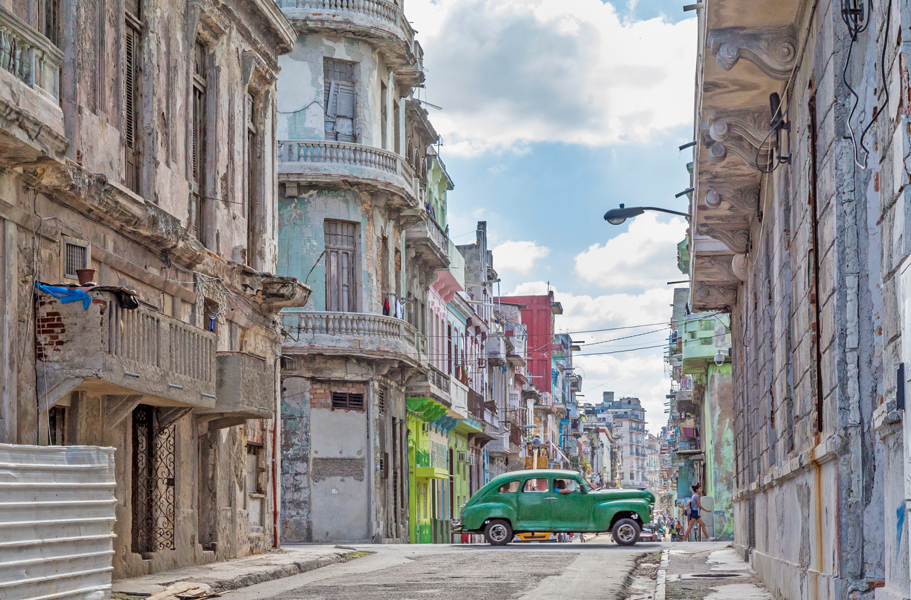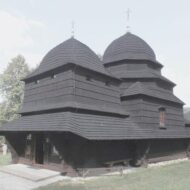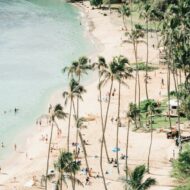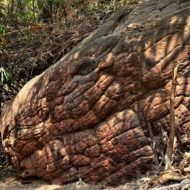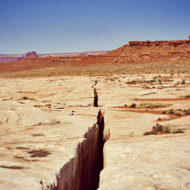Centro Habana is one of the fifteen municipalities of the city of Havana in Cuba.
The genesis of the Centro Habana municipality is closely linked to the founding of San Cristóbal de La Habana (between 1514 and 1519), whose privileged position aroused the greed of the European world, expressed in the constant attacks by corsairs and pirates.
The genesis of the Centro Habana municipality is closely linked to the founding of San Cristóbal de La Habana (between 1514 and 1519), whose privileged position aroused the greed of the European world, expressed in the constant attacks by corsairs and pirates.
In the third decade of the 20th century, architectural trends developed, such as ecclesiasticalism, art-deco, emerged in Europe, which were included in the country’s cultural treasure.
Currently crossed by roads of importance at the city level, such as Antonio Maceo avenue (Malecón), Calzada de Infanta, Salvador Allende avenue (ex-Carlos III), Simón Bolívar avenue (ex-Reina) and others that constitute part of the center of the city. Its shape is orthogonal.
Hispanic traditions are strongly maintained in the Hispanic communities. Chinese culture is also present. Its greatest expression is the Barrio Chino, where the culinary, artistic and martial traditions of this culture can be experienced.
Visitors can admire the Beautiful architecture and of course the famous vintage cars.Havana is Cuba’s capital and has a very beautiful old town.
Currently crossed by roads of importance at the city level, such as Antonio Maceo avenue (Malecón), Calzada de Infanta, Salvador Allende avenue (ex-Carlos III), Simón Bolívar avenue (ex-Reina) and others that constitute part of the center of the city. Its shape is orthogonal.
Hispanic traditions are strongly maintained in the Hispanic communities. Chinese culture is also present. Its greatest expression is the Barrio Chino, where the culinary, artistic and martial traditions of this culture can be experienced.
Visitors can admire the Beautiful architecture and of course the famous vintage cars.Havana is Cuba’s capital and has a very beautiful old town.
Access : Coordinates: 23.133333, -82.383333 / The Centro Habana municipality is located in the central and northern part of the capital.
Contents
Centro Habana is one of the fifteen municipalities of the city of Havana in Cuba.
The genesis of the Centro Habana municipality is closely linked to the founding of San Cristóbal de La Habana (between 1514 and 1519), whose privileged position aroused the greed of the European world, expressed in the constant attacks by corsairs and pirates.In the third decade of the 20th century, architectural trends developed, such as ecclesiasticalism, art-deco, emerged in Europe, which were included in the country’s cultural treasure.
Currently crossed by roads of importance at the city level, such as Antonio Maceo avenue (Malecón), Calzada de Infanta, Salvador Allende avenue (ex-Carlos III), Simón Bolívar avenue (ex-Reina) and others that constitute part of the center of the city. Its shape is orthogonal.
Hispanic traditions are strongly maintained in the Hispanic communities. Chinese culture is also present. Its greatest expression is the Barrio Chino, where the culinary, artistic and martial traditions of this culture can be experienced.
Visitors can admire the Beautiful architecture and of course the famous vintage cars.Havana is Cuba’s capital and has a very beautiful old town.
Highlights :
- The José Lezama Lima Museum, where the author of the novel “Paraiso” (Paradise) lived, / Espada Cemetery, the first cemetery built in Havana in 1806.
- The Casa de la Cultura – House of Cultures “Joseíto Fernández”, where numerous programs to promote the arts in the community were created.
- The Sociedad Económica Amigos del País, one of the oldest institutions in Cuba and hostel of the Instituto de Literatura y Lingüística (Institute for Literature and Linguistics), which owns documents of great historical value.
- The Escuela de Música (music school) “Amadeo Roldán”, / Theaters : the “América”, the “Astral” and the “Teatro Musical” (musical theater).
- Fuente de la India or Noble Habana, Fuente de la India is the fountain of Giuseppe Gagini in Havana, Cuba, on the southern outskirts of Paseo del Prado, about 100 m south of El Capitolio, between Monte and Dragones streets. It was built in 1837 by the Italian sculptor Gaggini, the author of other monuments and fountains in the area and it symbolizes Havana.
- The Paseo del Prado, Paseo del Prado, is a promenade in Havana ,extends from the esplanade of La Punta at the entrance of the bay to the Fuente de la India, with a length of around 2,000 meters.
- Torreón de San Lázaro, built in the 16th century, which served as a lookout to detect the presence of enemy ships.
- Fragua Martiana, located in the Cayo Hueso council, carries out activities aimed at disseminating Marti’s thought and forming patriotic values in the new generations of Cubans.
- Calle San Rafael, at the end of the 19th century this area experienced a demographic and commercial growth, being located next to this street some of the most important tobacco factories.
- Callejón de Hamel : Callejon de Hamel is a narrow alley in Havana ,It is decorated with Afro-Cuban motifs and it sells herbs, plants and works of art related to Afro-Cuban cults.
– The Chinatown is another first-rate attraction that has become one of the most interesting places in the city. - Chung Shang Society, its name refers to The Two Dragons, a mythical symbol of Chinese culture. It has a restaurant./ Bulevar de San Rafael where millions of people have walked in their daily comings and goings.
- Casino Español, the building of the old Spanish Casino, nowadays called Palacio de los Matrimonios, is the favorite place for Havanans to get married. Located at number 302, Paseo del Prado.
- The pedestrian boulevard San Rafael originates between Hotel Inglaterra and the Gran Teatro de la Habana. It is one of Havana’s most popular streets.
- Real Fábrica de Tabacos Partagás, north of Parque de la Fraternidad, on industrial street number 520 is the Real Fábrica. It is the oldest and most famous factory in Havana.
Activities : sightseeing / photo opportunities / two-hour tour with a vintage car / Walk down the Paseo del Prado.
Go next : Malecón , a broad esplanade, roadway, and seawall that stretches for 8 km-5 miles, along the coast in Havana / The Old Town of Havana, ‘La Habana Vieja, a UNESCO World Heritage Site.




